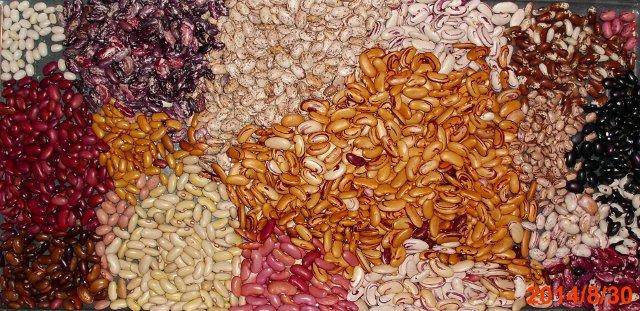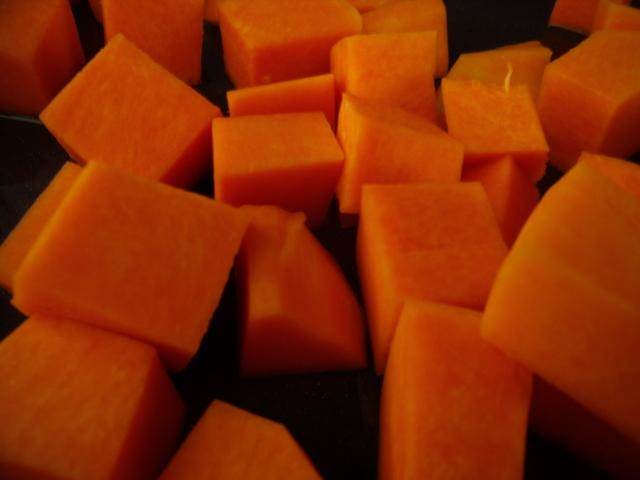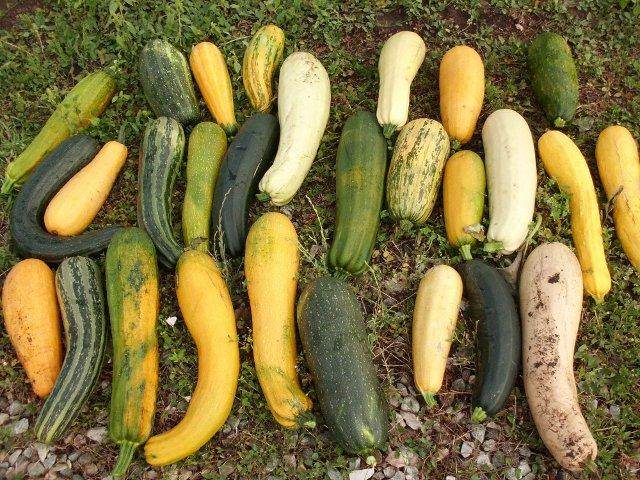
 2
2




I make a Maple Syrup instructional movie! Check it out HERE
SKIP books, get 'em while they're hot!!! Skills to Inherit Property
See me in a movie building a massive wood staircase:Low Tech Lab Movie




“The most important decision we make is whether we believe we live in a friendly or hostile universe.”― Albert Einstein





List of Bryant RedHawk's Epic Soil Series Threads We love visitors, that's why we live in a secluded cabin deep in the woods. "Buzzard's Roost (Asnikiye Heca) Farm." Promoting permaculture to save our planet.

 2
2












“The most important decision we make is whether we believe we live in a friendly or hostile universe.”― Albert Einstein





I make a Maple Syrup instructional movie! Check it out HERE
SKIP books, get 'em while they're hot!!! Skills to Inherit Property
See me in a movie building a massive wood staircase:Low Tech Lab Movie





“The most important decision we make is whether we believe we live in a friendly or hostile universe.”― Albert Einstein




 I'm thinking you could sell them at Hobby Lobby to jewelry people. Anyone for some organic necklaces?
I'm thinking you could sell them at Hobby Lobby to jewelry people. Anyone for some organic necklaces?I make a Maple Syrup instructional movie! Check it out HERE
SKIP books, get 'em while they're hot!!! Skills to Inherit Property
See me in a movie building a massive wood staircase:Low Tech Lab Movie

 2
2












I make a Maple Syrup instructional movie! Check it out HERE
SKIP books, get 'em while they're hot!!! Skills to Inherit Property
See me in a movie building a massive wood staircase:Low Tech Lab Movie
 1
1









Mike Jay wrote: if you save its seeds and ones like it and keep planting them and selecting for the ones that taste great you eventually move the gene pool towards that taste.









 2
2









|
Yeah, but how did the squirrel get in there? Was it because of the tiny ad?
Play Your Way to a Sustainable Lifestyle: Uncover Permaculture Principles with Each Card
https://gardener-gift.com/
|








